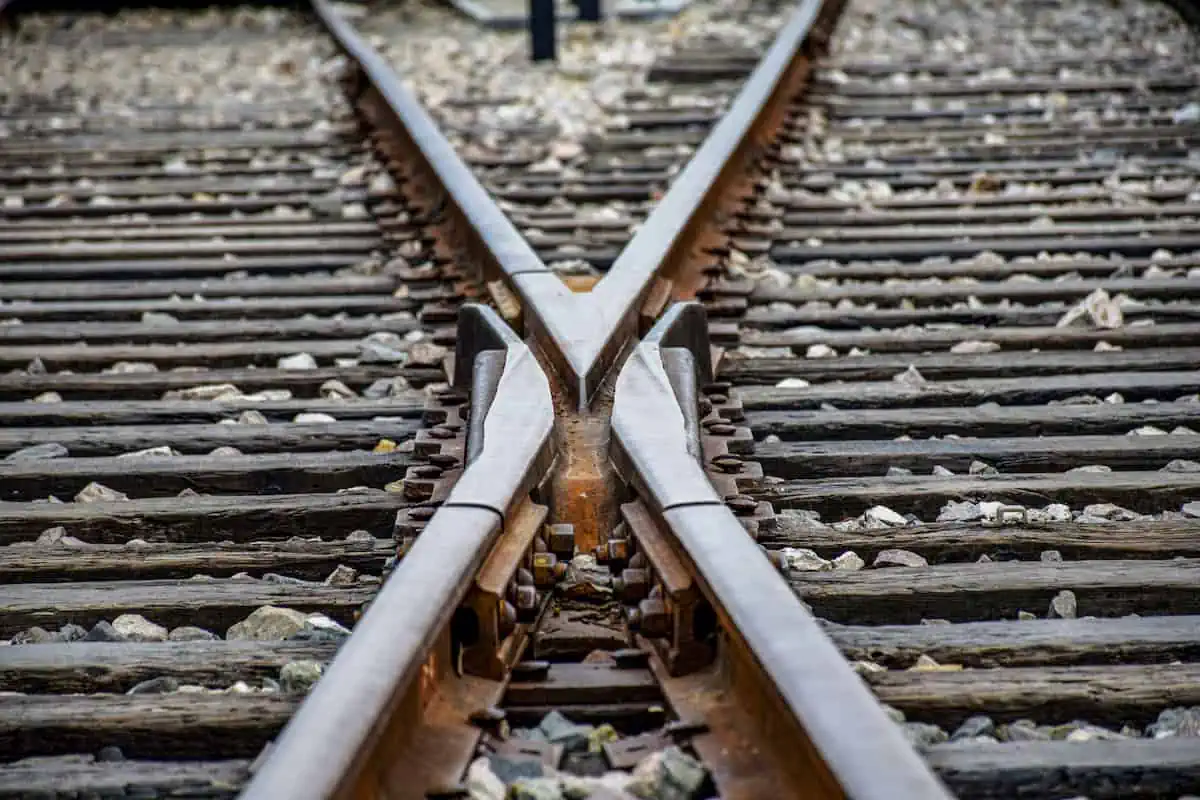When it comes to railway construction equipment, most specialists will rely on a variety of equipment to properly position steel lines, connective joints and other features that provide the smooth operation that trains require to function safely.
Although built to last, these pieces of equipment aren’t impervious to wear and tear, especially as their requirements can be so demanding. As a result, experts recommend maintaining these devices from time to time, and depending on the usage or damage sustained, this may need to be urgent.
What Affects Railway Construction Tools?
Most modern railways are constructed using a combination of mild and high carbon steel components. Tracks are often made using mild steel and although softer than high carbon pieces, they can gradually take a toll on the machinery that is used to position each piece. Spare parts are often required when the lifespan of particular pieces of machinery have reached their end, but there are other factors that can contribute to replacement parts being needed from time to time.
Weather conditions such as high levels of humidity, heavy rainfall, or even direct exposure to sunlight can contribute to the deterioration of parts, resulting in rust from water, or brittleness where UV rays are concerned. This is why many railway contractors store their accessories and machines in a secure location protected from the elements, but this isn’t always an option when performing a job.
Challenges Faced by Railway Constructors
Deadlines will often have to be met, and this can sometimes mean needing to work in unfavorable conditions. Although most equipment is coated in some form of protective material, such as lacquer, or oil varnish, this can wear away. And this is just in relation to the outer parts of a machine. Inside, fan belts, cogs, mechanisms and engines can slowly begin to wear away and when these incidents occur, replacement parts will need to be sourced.
Buying from a reputable, reliable and possibly most importantly – an affordable dealer can be beneficial, especially when time is of the essence. Many experts recommend keeping spare parts aside just in case they are needed urgently, but fortunately, most suppliers will understand the importance of providing their parts as promptly as possible.
Keeping machinery working in top condition can be a priority for railway workers, as without access to these tools, a job can struggle to be completed efficiently, and when it comes to railway safety, corners should never be cut.

